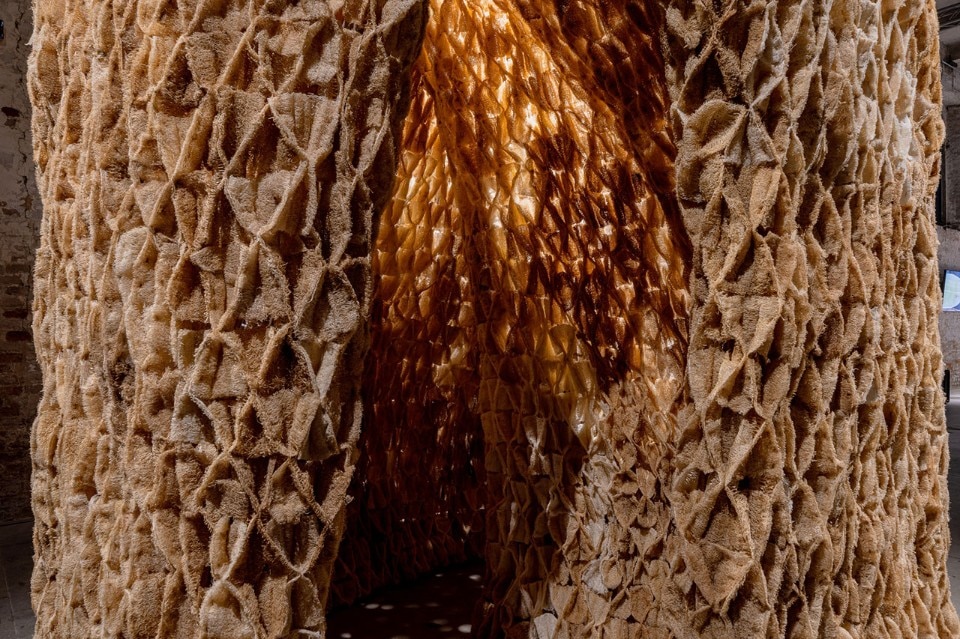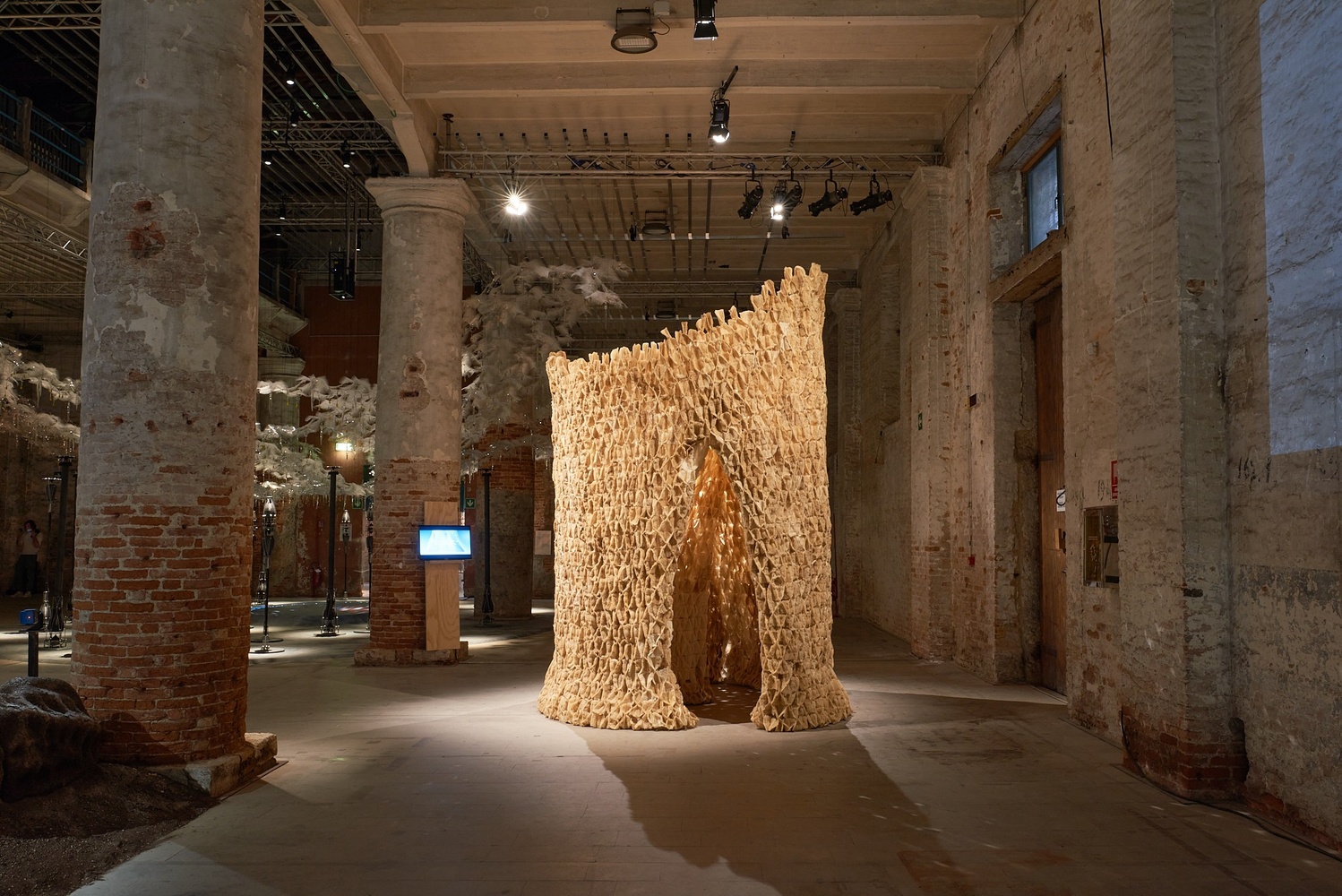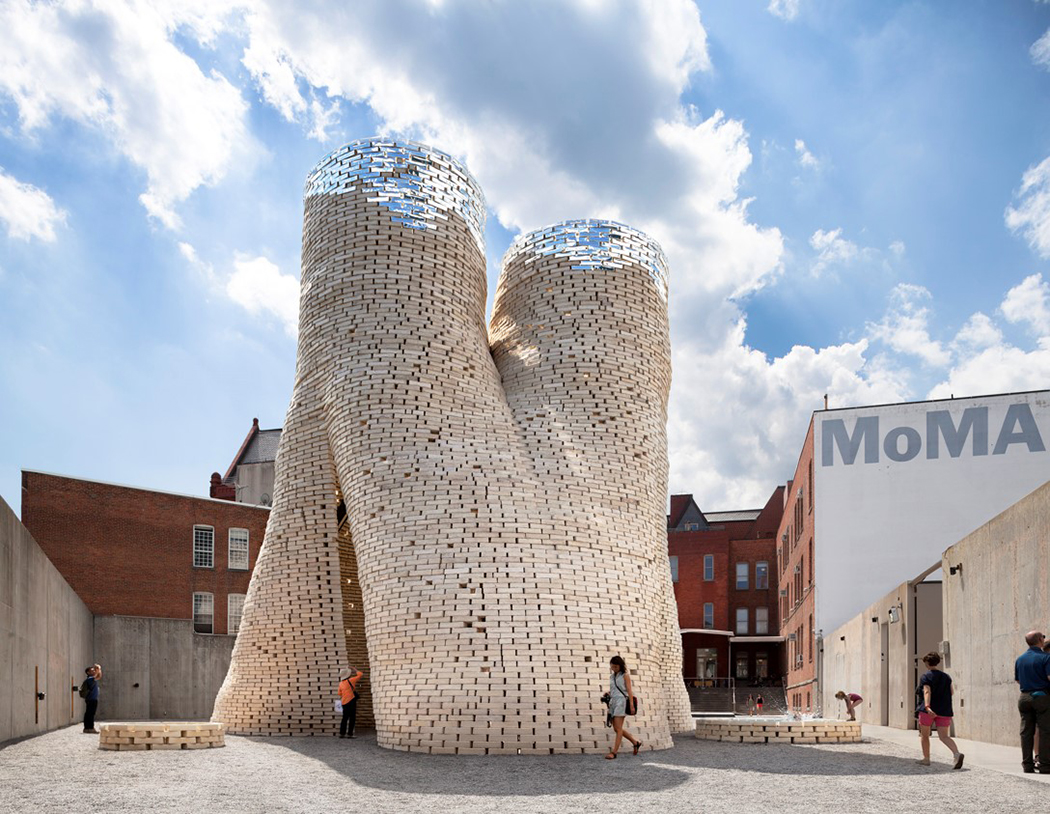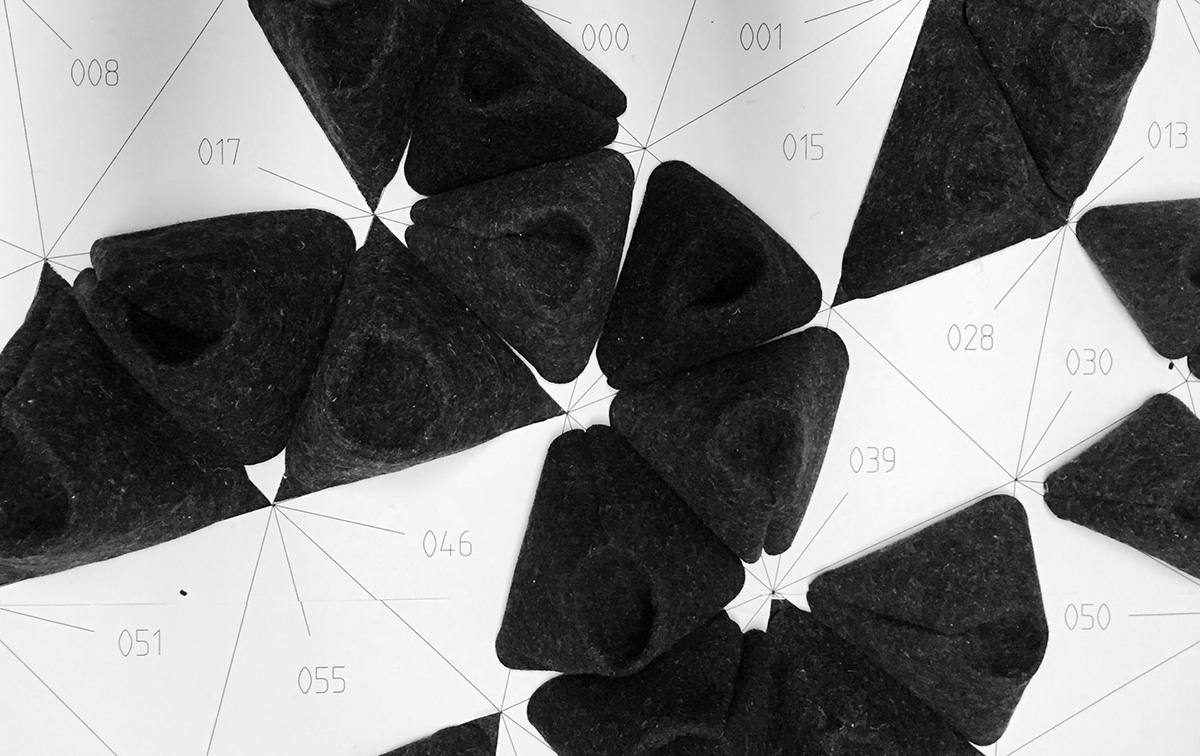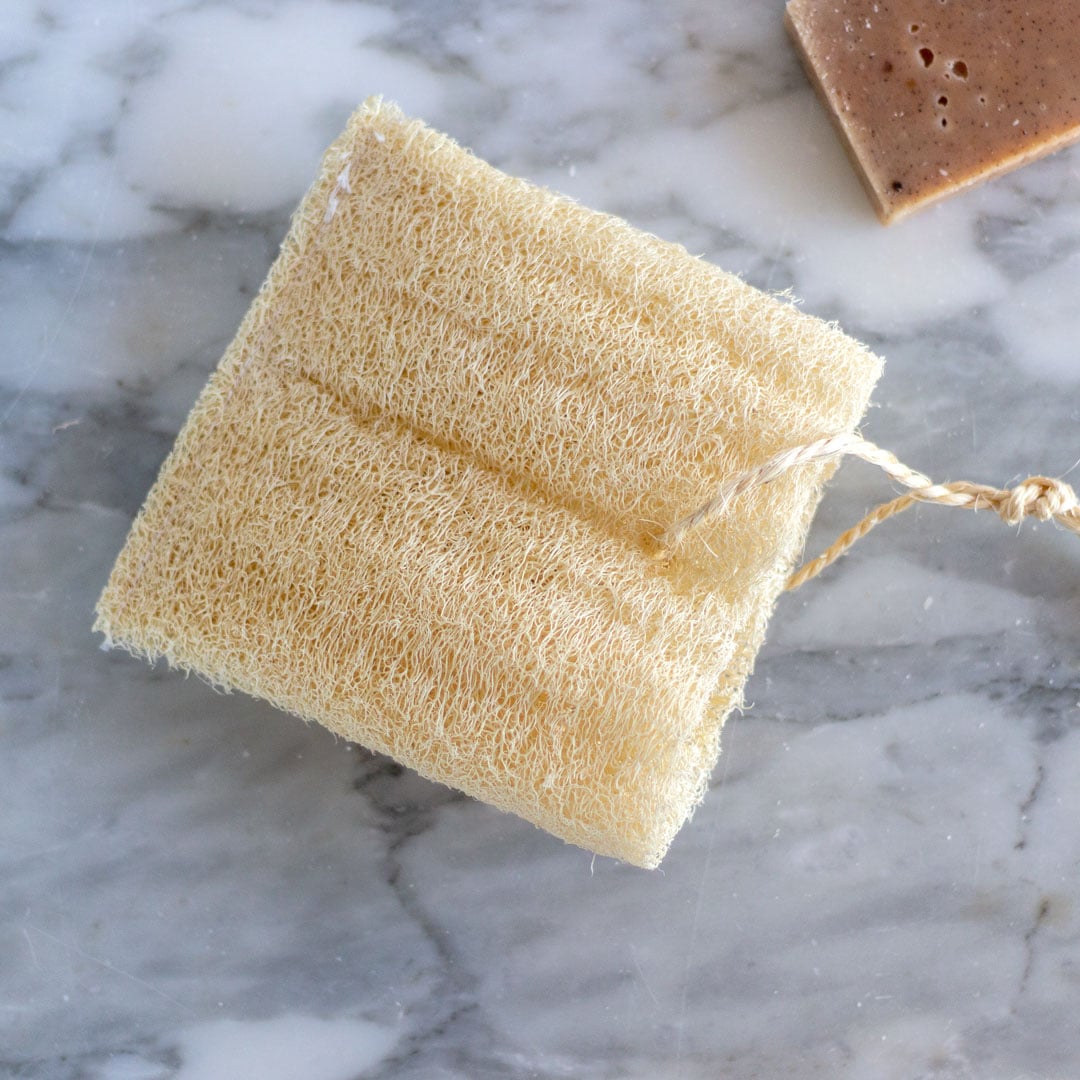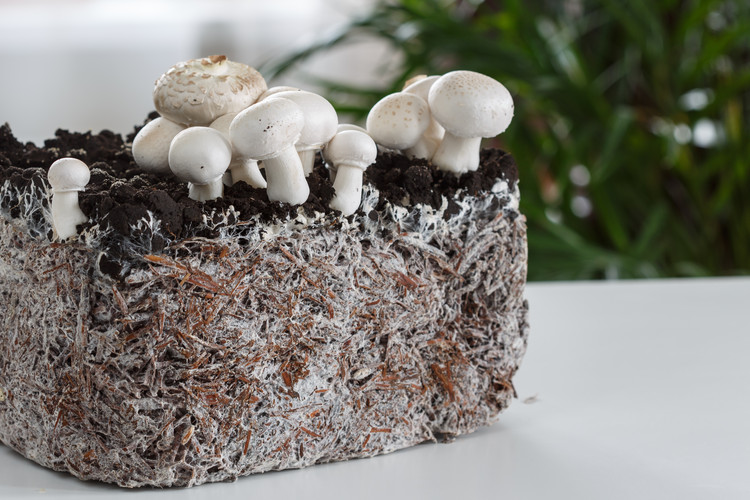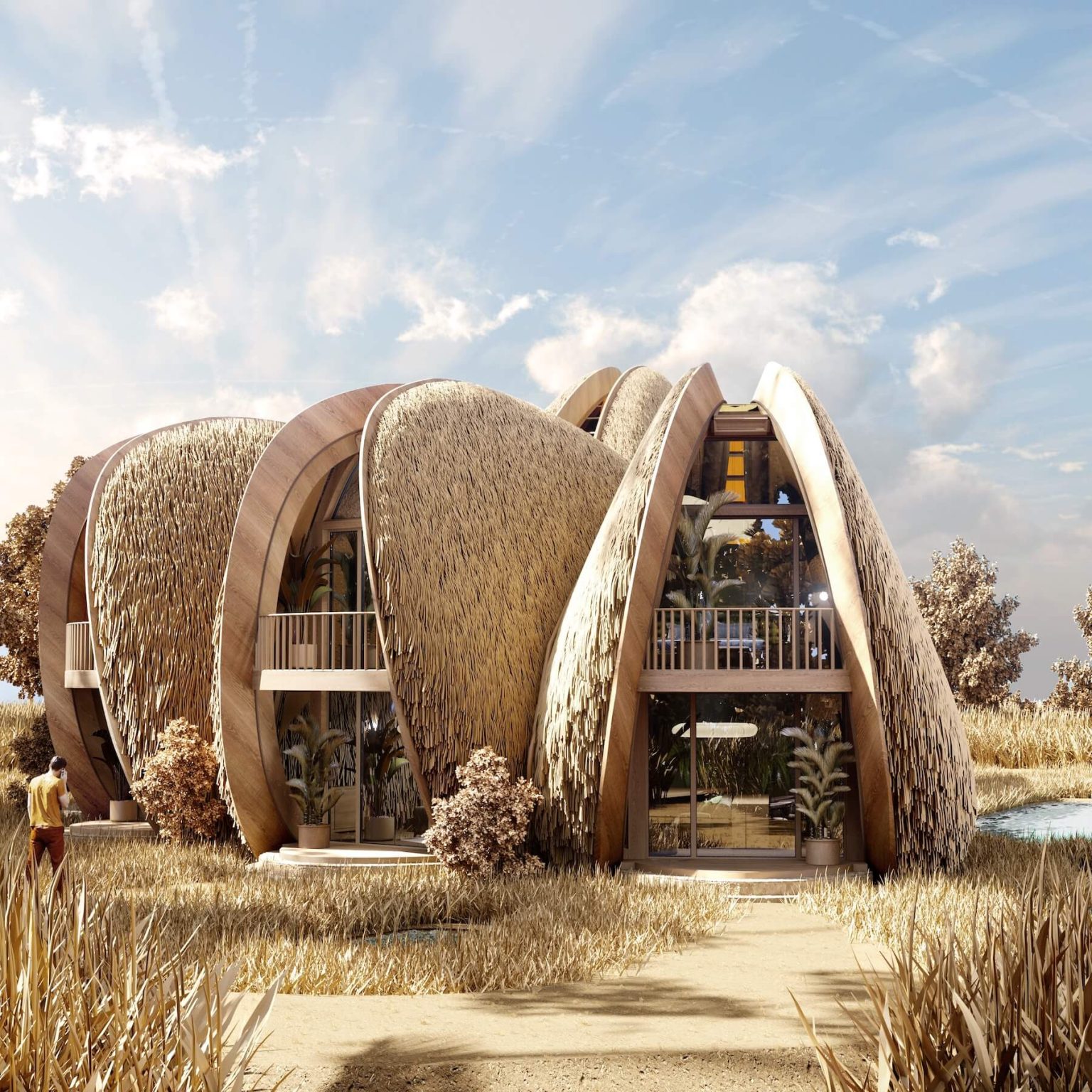
A thrilling transformation is taking place in the realm of architecture as a profound shift towards biophilic design sweeps across the industry. Yet, amidst this movement, some visionary companies are venturing even further, breathing life into the very essence of architecture itself.
One such trailblazer is The Living, a passionate advocate for both nature and modern architecture.
This visionary collective has embarked on an inspiring journey, bridging the realms of research and practice to forge innovative paths towards integrating the two.
Their recent masterpiece, “The Pavilion,” emerged from collaborating with biologists and academics. This remarkable work delved into the fascinating realm of harnessing the microbial wonders that envelop us, envisioning a future where multi-species architecture becomes a captivating reality.
Ever in pursuit of the harmonious convergence of nature and architecture, The Living aspires to create symbiotic environments where humans can coexist with nature while promoting health and well-being. As a testament to this vision, they are exploring ways to incorporate microbial properties into our living and working spaces, revolutionizing the biophilic qualities of our built environments by embracing the principles of symbiotic architecture.
Intriguingly, scientists and designers are now exploring how microbial properties can be integrated into our structures alongside the revered benefits of natural materials. Organic elements, including wood, can host these microscopic lifeforms. The Living, based in New York, pioneers incorporating microbial properties into our habitats, augmenting our built environments’ health-giving, biophilic attributes through the marvels of symbiotic architecture.
To create genuinely symbiotic havens, the species we bring together must mutually benefit each other. This presents a challenge, for while certain microbes offer health advantages to humans, others can pose risks. Thus, careful research is underway to determine how to utilize microbes without causing harm. Simultaneously, the well-being of these symbiotic organisms must also be considered, ensuring they thrive within their designated environments.
Reclaimed wood emerges as a prime candidate among several materials that successfully host beneficial microbes, facilitating the creation of these harmonious spaces.
To provide equal benefits to microbes and human inhabitants, the microbial materials must be nurtured within a living environment that fosters flourishing. Reclaimed wood, luffa, and mycelium stand as ideal candidates currently being explored.
Why now, you may ask? As our world grapples with pressing environmental challenges, the architectural community has advanced beyond merely adopting sustainable practices to reduce ecological footprints. Instead, it seeks to infuse architecture with vitality.
The advantages of employing natural materials in architecture are widely celebrated. It is a source of great excitement that these benefits can be exponentially amplified by incorporating other natural and living elements into shared spaces, including the newfound marvels of microbiotic lifeforms.
With forward-thinking visionaries, the sky appears limitless regarding the transformative potential of biophilic design and the profound benefits it can bestow upon us and our precious planet.
In conclusion, symbiotic architecture, with its unwavering focus on seamlessly integrating natural elements into the built environment, offers an enticing solution to our sustainability challenges.
By embracing reclaimed wood, architects can create harmonious spaces that blend history, environmental consciousness, and aesthetic appeal.


